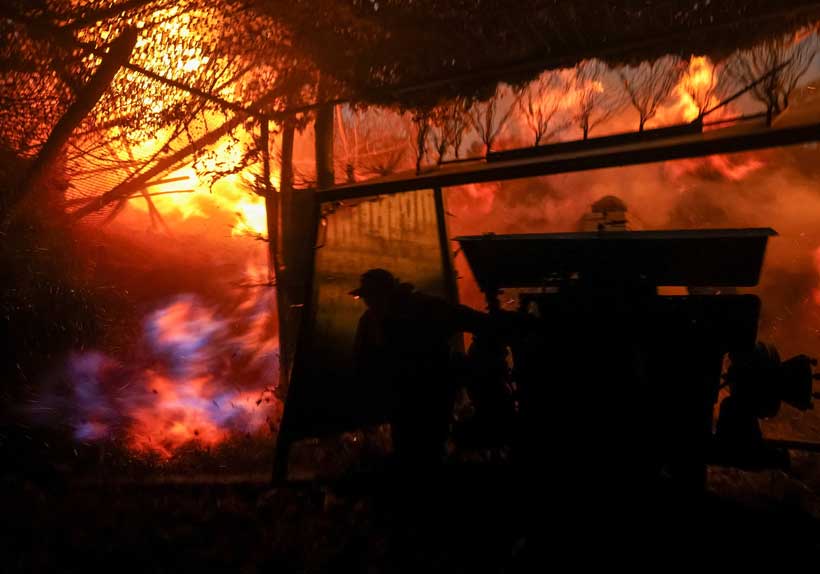U. S. President Donald Trump plans to meet with Russian President Vladimir Putin in Budapest to discuss ending the war in Ukraine. Russia currently controls over 116,000 square kilometers, or more than 19% of Ukraine, including Crimea and regions in Donbas. After a summit with Trump, Putin expressed his demand for Ukraine to withdraw from 20% of the Donetsk region, a decrease from his original plan for Ukraine to hand over all of Donbas, Kherson, and Zaporizhzhia.
Russia wants Western leaders to accept Crimea as part of Russia, using Kosovo’s recognition as a precedent. Ukrainian President Volodymyr Zelenskiy, while acknowledging some territories might be temporarily occupied, refuses to officially recognize them as part of Russia. He believes he does not have the authority to concede any land, fearing that a withdrawal could lead to further Russian aggression.
A critical condition from Putin for peace is a written pledge from Western leaders to prevent NATO’s expansion towards Russia. Despite NATO’s earlier agreements to eventually accept Ukraine and Georgia, current discussions focus on providing security guarantees rather than membership, as Ukraine seeks to ensure it will not be invaded again.
Russia is interested in a draft agreement from April 2022 that proposed Ukraine’s permanent neutrality in exchange for security guarantees from the five permanent U. N. Security Council members. However, Ukraine and its allies argue that Moscow cannot be trusted as a guarantor and that neutrality would leave Europe vulnerable. Russia also demands restrictions on Ukraine’s military and protections for Russian speakers, which Ukraine opposes, stating those protections are already sufficient.
After his call with Putin, Trump mentioned the possibility of resuming U. S.-Russia trade if peace is achieved. Washington is concerned about the alliance between Russia and China and considers bringing Russia closer to the U. S. important. Russia seeks access to the U. S. dollar for transactions and the reopening of Western banks to Russian investments.
European nations are exploring ways to use frozen Russian assets, valued at 210 billion euros, to fund Ukraine’s defense and reconstruction. Russia claims that seizing these funds would be theft, warning it could damage confidence in the euro and lead to retaliations. Additionally, U. S. First Lady Melania Trump has communicated with Putin about bringing back Ukrainian children affected by the conflict, with Ukraine working to facilitate the release of some children.
